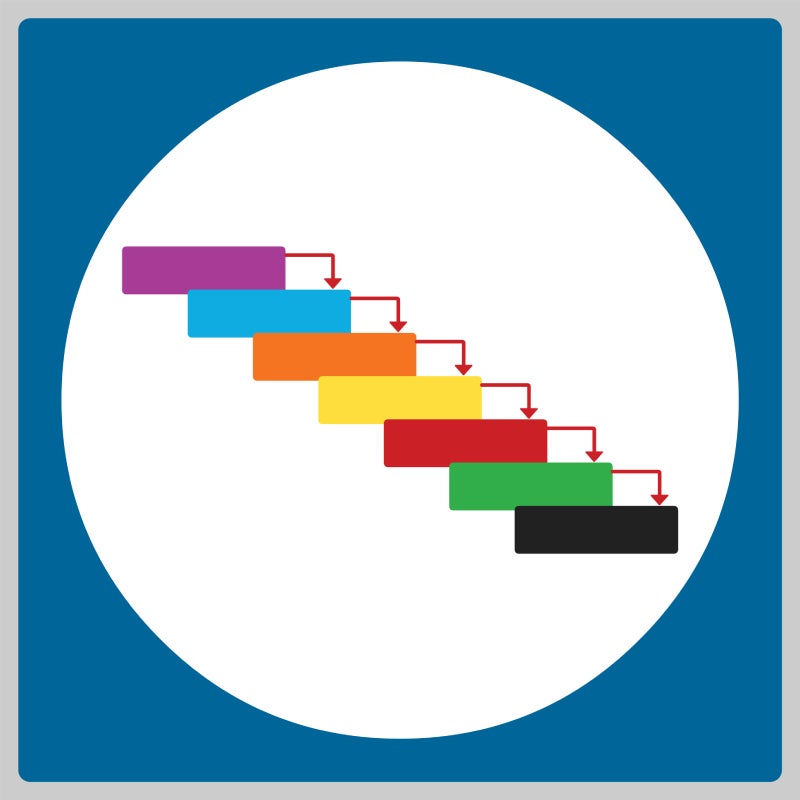Without a proper understanding of the benefits of project management software for your business, you and your team could miss out on 10 tremendous perks.
- Heightened productivity
- Friction-free collaboration
- Orderly task tracking
- Intuitive progress visualization
- Centralized document storage
- Enhanced stakeholder visibility
- Multi-project tracking
- Whole-team accountability
- Easy-to-navigate home base
- Decreased task redundancy
So read on to learn more about the benefits of project management software for business.
Read more: Project Management Guide for Beginners
1. Heightened Productivity
One of the biggest benefits of implementing project management software is heightened productivity. While project management software can help promote productivity in a variety of ways, it all boils down to providing employees with the resources they need to do the best work possible by having a dedicated space that clearly shows their personal obligations, project resources, and essential information. Project management software cuts the guesswork out of project work so teams can spend more time focusing on productive work and creativity.
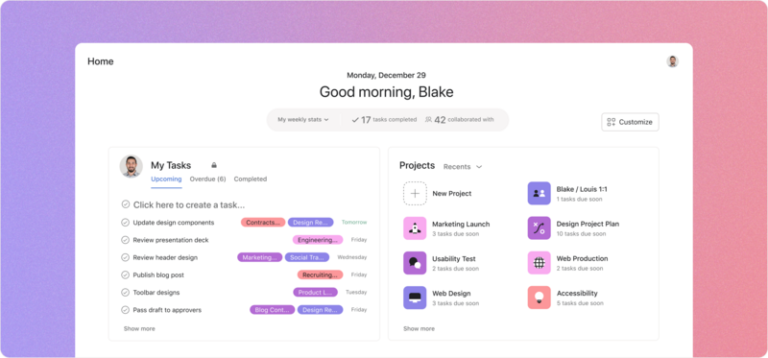
2. Friction-Free Collaboration
Project management software is also a great way to unite teams collaboratively anywhere in the world that they clock in from. Commenting options give teams the ability to instantly provide updates and notes about individual tasks and projects. Tagging features help notify specific team members of relevant communications instantly. Some solutions even offer the ability to chat with teammates individually or in a group chat, eliminating the need for lengthy emails or redundant meetings (because let’s be honest we could all use a little time back in our day).
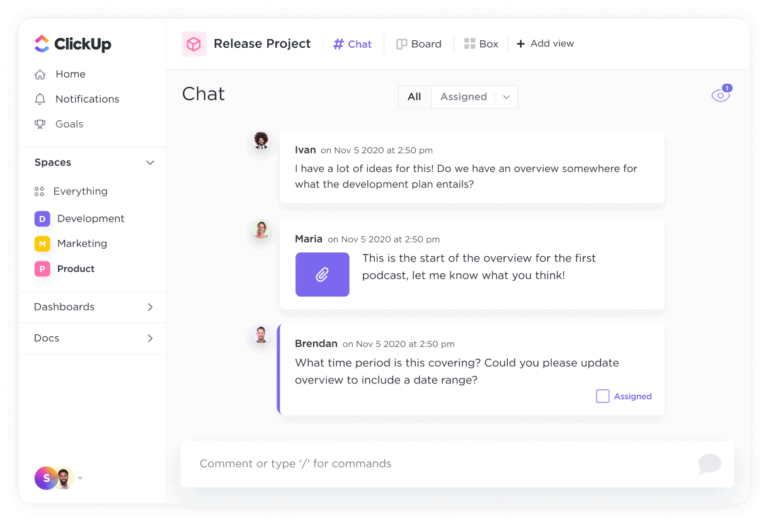
3. Orderly Task Tracking and Strategic Planning
By all means, task tracking ranks at the top of the list of perks that project management software provides. Upon initiation of a new project, teams can use project management software to keep a log of all required project tasks, with the flexibility to add or change tasks at any time. What’s more, teams can utilize various task views, such as Gantt charts, calendar views, list views, and more to plan deadlines and key project goals down the line visually.
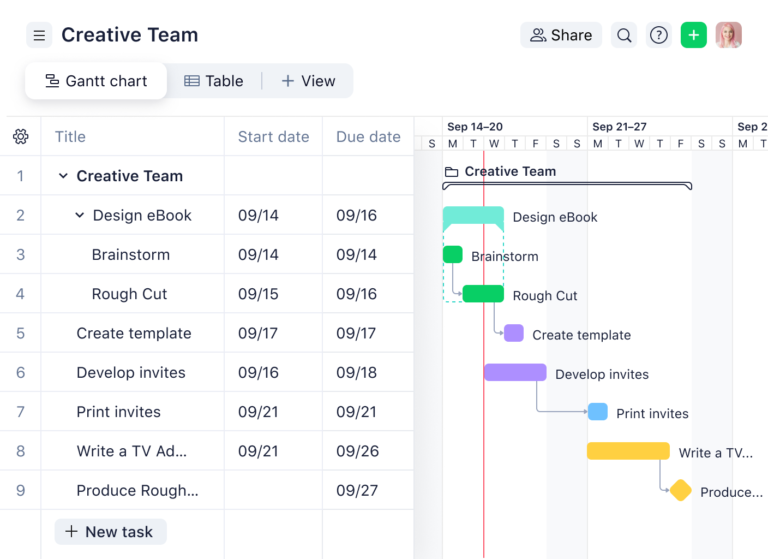
4. Intuitive Progress Visualization
In project management, one of the most frequently asked questions is “How are things going?” Thankfully, project management software makes it easy to keep tabs on project progress at as detailed a level as you require, whether that’s a 30,000-foot view or progress specific to an individual.
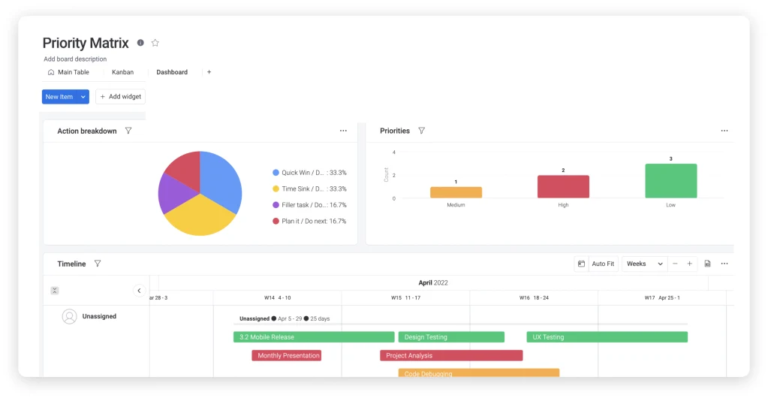
5. Centralized Document Storage
One of the least discussed perks of project management software is the ability to house and store documents, files, and multimedia elements. Project management software is designed to make it as easy as possible to access project tools, and having the added capability of storing and attaching files to specific projects and tasks streamlines work tremendously. Some solutions, like Notion, even have additional features that support Wiki capabilities so teams can embed documentation for operations and training material as well.
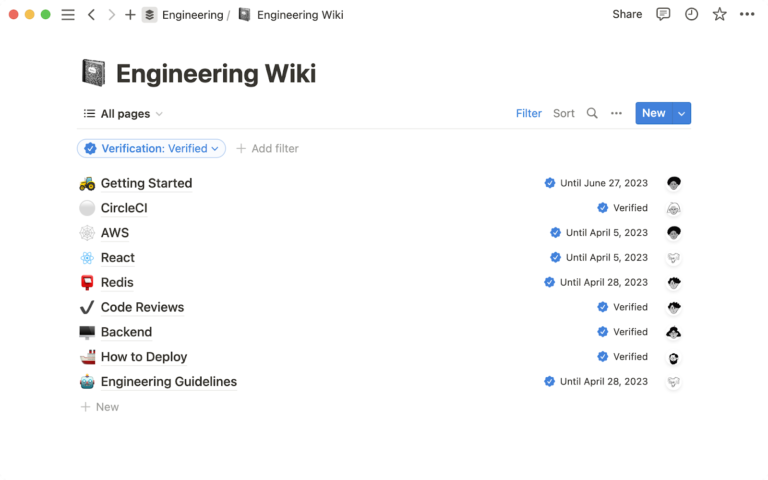
6. Enhanced Stakeholder Visibility
When you’re a project manager, you spend as much time managing relationships as you do projects, especially when external stakeholders are involved. Thankfully, project management software can help you keep stakeholders in the loop without any additional work involved. Most solutions offer the ability to email updates directly from the application and share specific project data and updates while maintaining control over the access level and visibility guest users have over the interface.

7. Multi-Project Tracking and Management
Multi-project management can be a headache without the proper tools. When it comes to juggling stats across projects, multi-project dashboard views help provide overviews of more than one project at once, while limiting the data to the most important components.

8. Whole-Team Accountability and Workload Management
Managing workloads and individual contributors in the heat of a challenging project adds unnecessary stress and complication to the project dynamic. Instead, opting for project management software offers an easier and more accurate way to gather insights about individual users’ progress, tasks, and workload. Many solutions even offer time tracking, which can help freelancers in particular keep track of their workload.

9. Easy-to-Navigate Project Home Base
Project management software enables teams to organize tasks, deadlines, correspondences, and project information all in one place, which helps teams optimize their workflows while reducing their need to jump across multiple platforms. Having a dedicated project home base makes it easy to locate resources and information when you need them, instead of shuffling through a stack of paperwork.
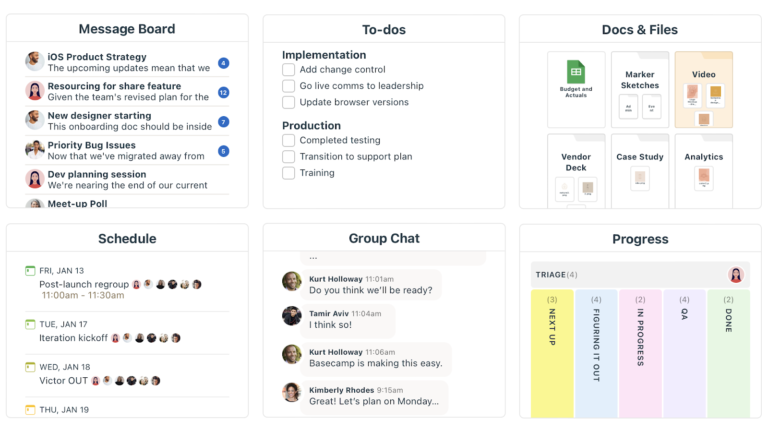
10. Decreased Task Redundancy
When’s the last time you heard someone say, “Boy, I sure would love to send a few dozen emails”? Never? Exactly. Project management software helps eliminate task redundancies in three ways: workflow automations, templates, and generative AI features.
Automations generate automatic commands based on customized triggers that you generate; for example, update the project manager when task 1 is complete. Similarly, template options allow teams to generate preset project settings and layouts based on industry or project-specific needs. Finally, the power of artificial intelligence has recently been implemented in project management software to help teams generate short bits of content and speed up workflows.
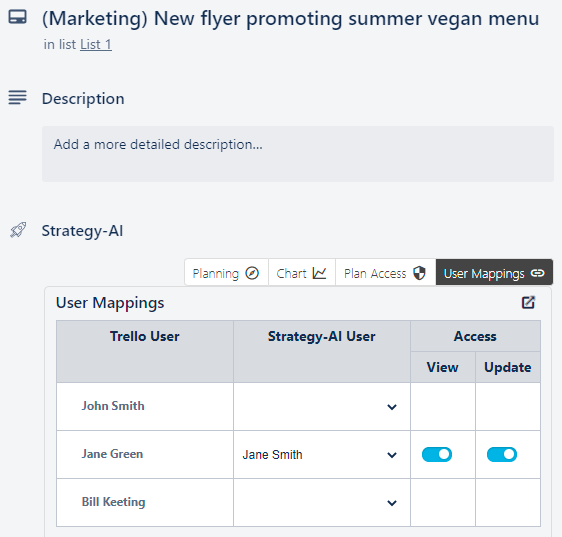
Read more: Top 10 Project Management Software Buyer’s Guide





